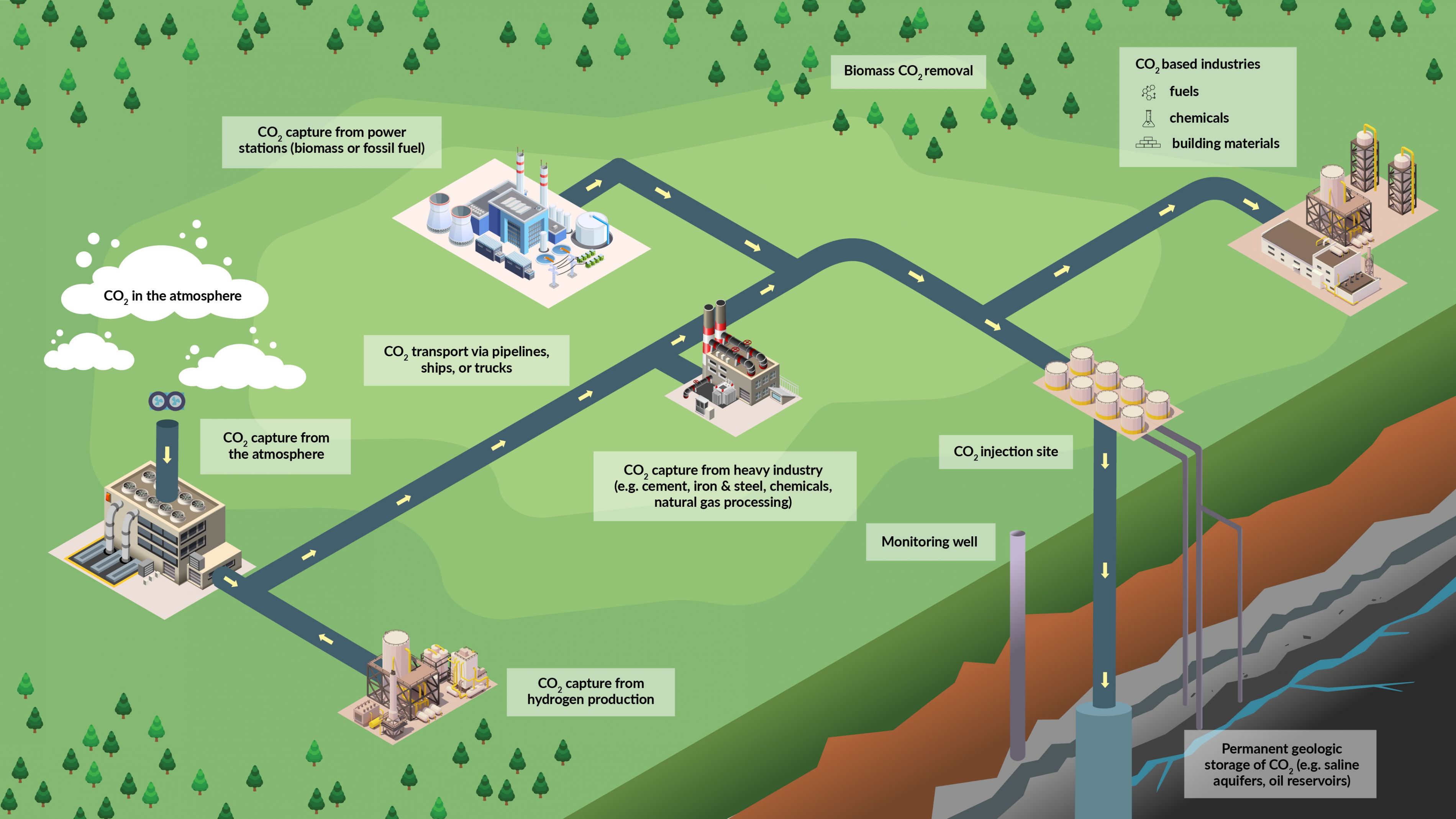Capturing the opportunity: A Carbon Management Strategy for Canada
Recognizing that carbon management will play an essential role in the transition to a prosperous net-zero economy, the Carbon Management Strategy for Canada will help to enable the Canadian carbon management industry to realize its GHG reduction and commercial potential.
Building Canada’s Carbon Management Strategy
Canada’s Carbon Management Strategy is the result of more than a year of concerted engagement with nearly 1,500 stakeholders from across sectors, provincial and territorial governments, Indigenous organizations, and other key partners to gather perspectives and create a vision for a robust Canadian carbon management industry.
The Strategy sets out a vision for carbon management technologies to be deployed to help achieve Canada’s climate objectives, underpinned by the development of a world class, multibillion-dollar carbon management sector in Canada that supports inclusive, high-value employment and a more sustainable economy. The Strategy presents a roadmap that illustrates a path to fulfilling this vision, including 2030, 2040 and 2050 milestones.
Carbon Management is critical to five key pathways to a prosperous net-zero economy in Canada





Figure 1: Conceptual diagram of carbon management processes that capture carbon dioxide from various sources and transport it for use or storage

Text version
Carbon management activities are shown across a network of interconnected facilities. Carbon dioxide is captured from point sources, including power stations that use biomass or fossil fuels, heavy industrial processes for cement, iron and steel, chemicals, and natural gas processing, as well as hydrogen production. Carbon dioxide in the atmosphere is captured by direct air capture technologies or by biological processes, such as trees sequestering carbon dioxide from the atmosphere.
Captured carbon dioxide is transported by pipeline, ship, or truck to industries where the carbon dioxide will be used in processes or products, such as fuels, chemicals, building materials. Alternatively, carbon dioxide will be transported to an injection site, where the carbon dioxide will be injected underground for permanent geologic storage, for example, in saline aquifers or oil reservoirs. A monitoring well provides long-term monitoring at the carbon dioxide storage site.
Why is this essential?
Carbon management is a significant opportunity for Canada, both in terms of economic opportunities and climate change action.
Carbon management is critical to achieving global climate and energy goals and urgent steps are needed to significantly ramp up carbon management RD&D and deployment. According to the Intergovernmental Panel on Climate Change (IPCC) and the International Energy Agency (IEA), there is no viable path to net-zero emissions without carbon management technologies, but their deployment must be rapid and immense, scaling up by nearly 200 times by 2050.
Learn more about Carbon Management at NRCan
Page details
- Date modified: